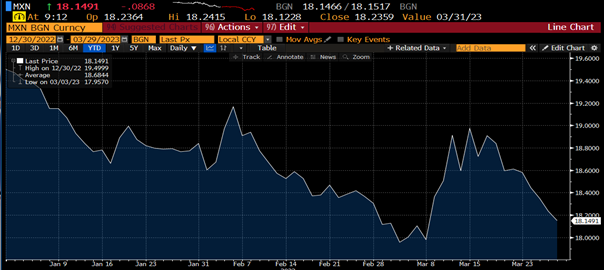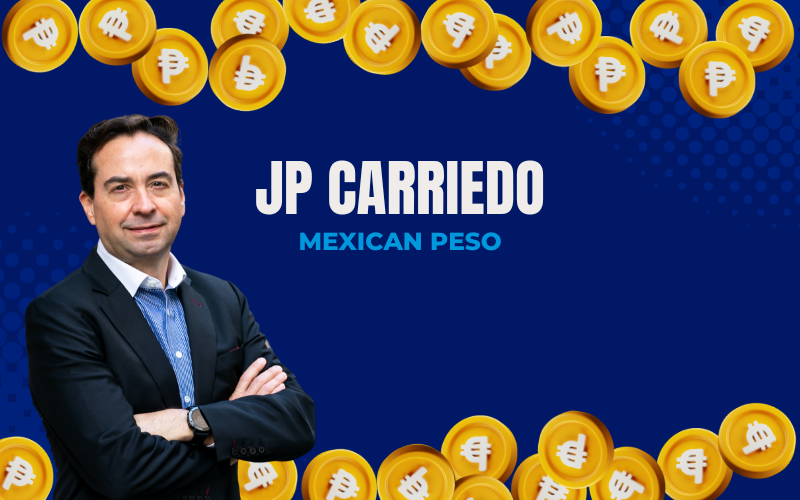We have to remember that ever since the pandemic started, Mexico became an immediate exception to the panic that developed.
Tourism remained open, and vaccines were worked out with Canada and America as its closest neighbors with medical advancement. The nation became a favored local for transforming some manufacturing and services away from Asia as Vietnam and China hurt the global supply chain with strict safety measures.
Move the clock forward, and in 2023, while the rest of the countries are most closely affected by a Russia-Ukraine conflict that affected everything from wheat to energy supplies as well as investor security and confidence, Mexico manages to have quarterly GDP growth above 3.0%. Remember, industrialized nations, even Germany, want to avoid contracting figures.
When it comes to monetary policies, Banxico, the Mexican central bank, has been able to keep up with the aggressive battle against inflation via raising interest rates. At their last meeting on February 9th, Banxico officials were surprised with a 50-basis-point hike while most traders bet on 25bps.
As a result, the inflationary pace of growth peaked last September and has come down ever since per Consumer Price Index (CPI). Still, officials have decided to stay ahead of it, coming back above 8.0% annually.
MXN has big swings, but it has averaged around 20.0/USD for the last 2+ years, a forecast we have accurately predicted since per Bloomberg quarterly rankings. While a lot of momentum is built from hawkish monetary policy, Peso always goes in tandem with the swings in mood in a volatile and uncertain market that keeps debating about a soft/hard landing for the second half of this year.
As clients have used Orders and strike prices, they have managed to fill both stop-losses and take-profits, going along with swings in Peso that seem to be a bellwether of the headaches that risk have managed to exacerbate with a medical emergency, anemic economic recovery, and the changes in geopolitical realignment.
LATAM, in general, is having a moment as the region’s politics reflect AMLO more and more. This could benefit the current President as he seeks re-election and regional favoritism in 2024. More important to note, he is trying to do so with less of a democratic-vote supervision as the top election watchdog in Mexico was terminated last year, and reform passed in February signified the overhaul of the National Electoral Institute.
Observers fear political risks ahead as protests could surprise, demanding a more transparent government when it comes to elections. At the same time, the opposition mounts a case against Morena Party (AMLO’s) party policies which call for further nationalization of major industries along with oil.





